I'm learning how to recognize shapes that're within image provided. I'm able to recognize shape by number of edges present to the geometrical body. But now I'm wondering is there any way to differentiate between square and rectangle within image? Here's my code. Currently I'm just drawing contours to the geometrical figures.
import cv2
raw_image = cv2.imread('test1.png')
cv2.imshow('Original Image', raw_image)
cv2.waitKey(0)
bilateral_filtered_image = cv2.bilateralFilter(raw_image, 5, 175, 175)
cv2.imshow('Bilateral', bilateral_filtered_image)
cv2.waitKey(0)
edge_detected_image = cv2.Canny(bilateral_filtered_image, 75, 200)
cv2.imshow('Edge', edge_detected_image)
cv2.waitKey(0)
_, contours, hierarchy = cv2.findContours(edge_detected_image, cv2.RETR_TREE, cv2.CHAIN_APPROX_SIMPLE)
contour_list = []
for contour in contours:
approx = cv2.approxPolyDP(contour,0.01*cv2.arcLength(contour,True),True)
area = cv2.contourArea(contour)
if ((len(approx) >= 3)):
contour_list.append(contour)
cv2.drawContours(raw_image, contour_list, -1, (0,0,0), 2)
cv2.imshow('Objects Detected',raw_image)
cv2.waitKey(0)

